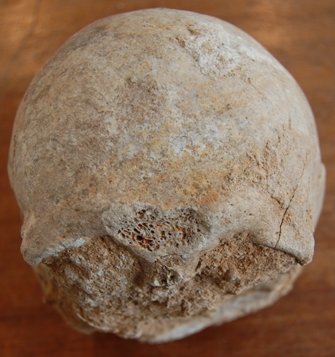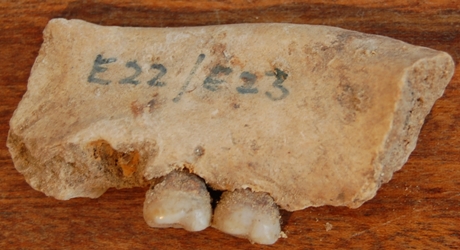Latest News
SELRC Research grants
Sad passing of Professor John Allen and John Coles
ASE now freely available online
Mesolithic cemetery discovered on the Somerset moors
SELRC Research grants
SELRC RESEARCH GRANTS LAUNCHED
Sad passing of Professor John Allen and John Coles
ASE now freely available online
Mesolithic cemetery discovered on the Somerset moors
Radiocarbon dating of two human skulls has produced evidence of a 10,000 year old cemetery near Middlezoy. The remains were originally discovered in 1928 at a sand quarry at Greylake, a small island of hard geology in the floodplain of the Somerset Levels and Moors. At least 5 skulls and some long bones were found. Only two skulls and four tibiae fragments survive.

Both skulls are from people who died around 8,300 BC. This suggests that the sand quarry was the location of the earliest known open-air cemetery in the UK. Virtually all the other human bones of this period in the UK have been found in caves. Many of these are from
A large number of flint tools have also been found from the Greylake site. No other site in the country has this combination of human remains and tool evidence for prolonged activity. Analysis of the bones showed that the group at Greylake had a protein rich terrestrial diet reflecting the importance of hunting to this community.

The dating was paid for by Somerset County Council Heritage Service as part of a project investigating the archaeology of the ‘islands’ of hard geology in the Somerset levels and Moors floodplain. This is a community heritage project being run by Somerset County Council with financial support of the Somerset Levels and Moors Local Action Group. More analysis will be carried out on the human remains, the flint and the palaeoenvironmental record to shed light on how this ancient community lived and died.
Quick Links
Click here to view images in our GalleryCheck out whats on in our latest Events
Explore the amazing archaeology of the Severn Estuary with our Interactive Maps